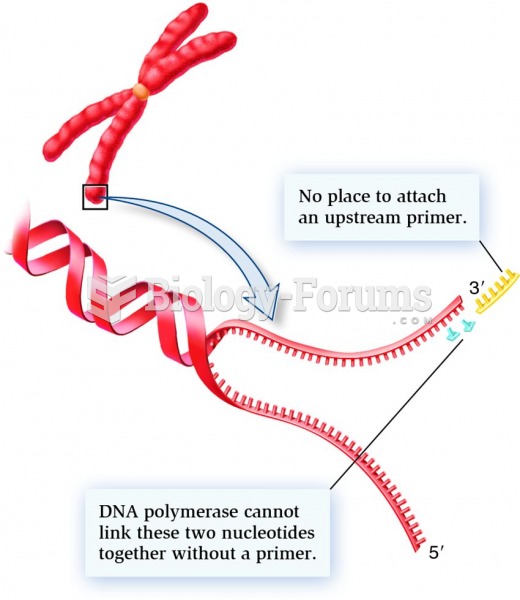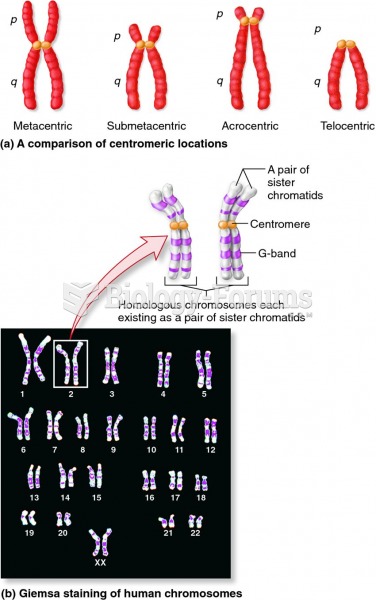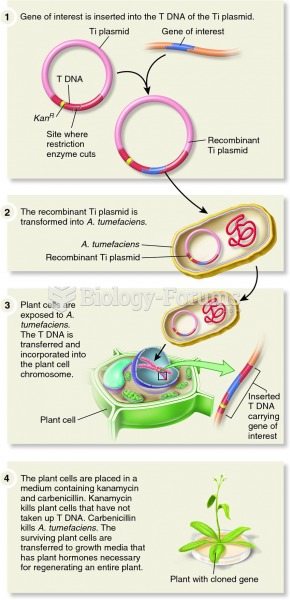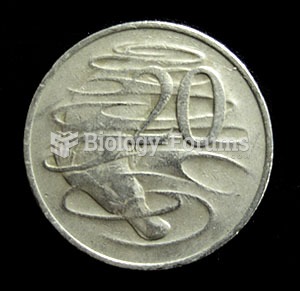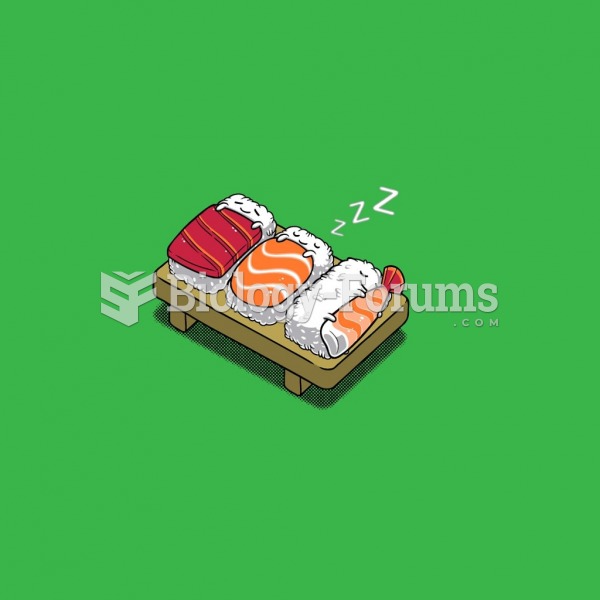Answer to Question 1Most dinoflagellates are single-celled autotrophs. A few species live within the tissues of
other organisms, but the great majority of dinoflagellates lives free in the water. Most have
two whiplike projections called flagella, in channels grooved in their protective outer cell
wall of cellulose. One flagellum drives the organism forward, while the other causes it to
rotate in the water. Although unable to move them against currents, their flagella allow
dinoflagellates to adjust their orientation and vertical position to make the best photosynthetic
use of available light or to move vertically in the water column to obtain nutrients.
Dinoflagellates are the most common source of surface bioluminescence.
Answer to Question 2Apart from cyanobacteria, the most productive photosynthetic organisms in the plankton are
the diatoms. Patterns of perforations exist through the diatoms rigid cell wall, or frustule. As
much as 95 of the mass of the frustule consists of silica, giving this heavy covering the
optical, physical, and chemical characteristics of glass. Magnification reveals that the frustule
consists of two closely matched halves, or valves, with the top valve adhering tightly over the
lip of the bottom one. The pattern of perforations, slits, striations, dots, and lines on the
surface of the valves is different for each diatom species. In contrast, coccolithophores are
small, single-celled autotrophs covered with disks of calcium carbonate (coccoliths) fixed to
the outside of their cell walls. Coccolithophores live near the ocean surface in brightly lit
areas. Their translucent covering of coccoliths may act as a sunshade to prevent absorption of
too much light. In areas of high coccolithophore productivity, most notably in the
Mediterranean and Sargasso seas, their numbers occasionally become so great that the water
appears milky or chalky.


